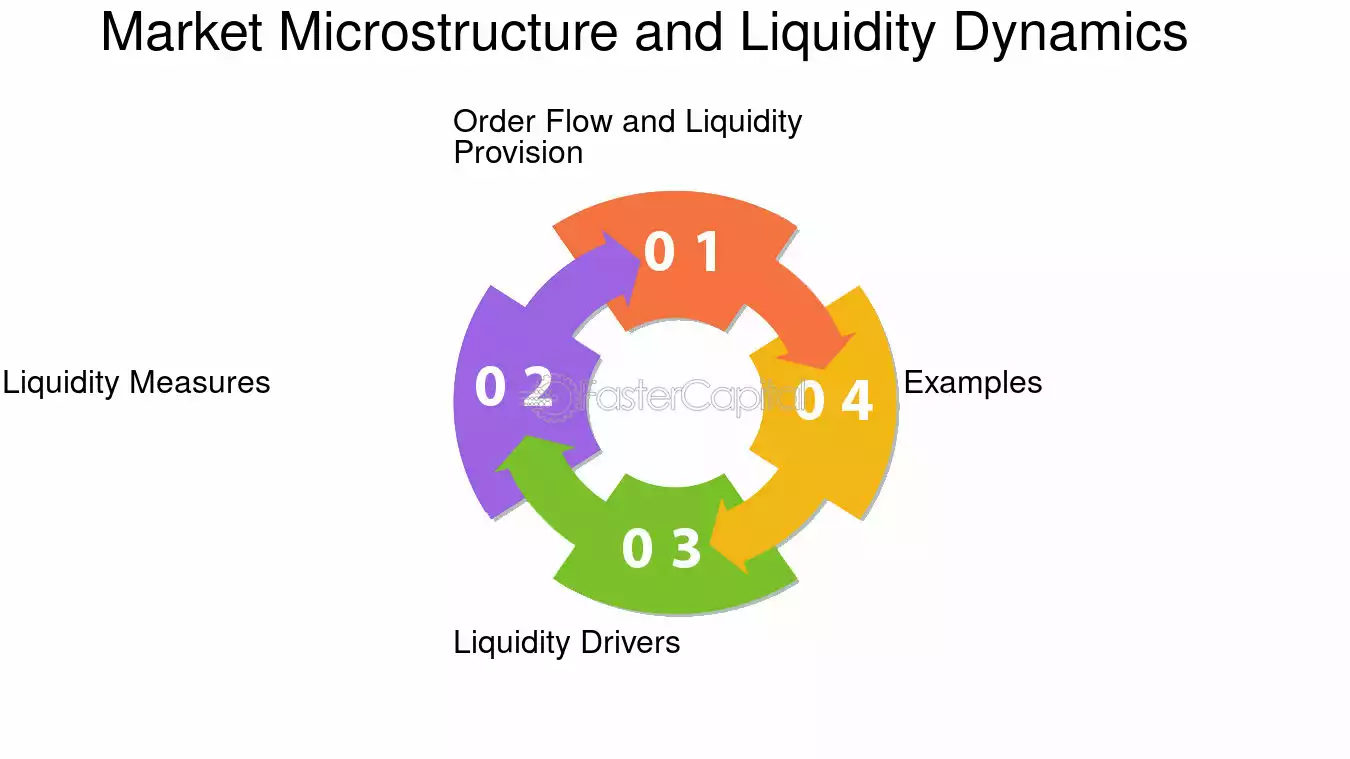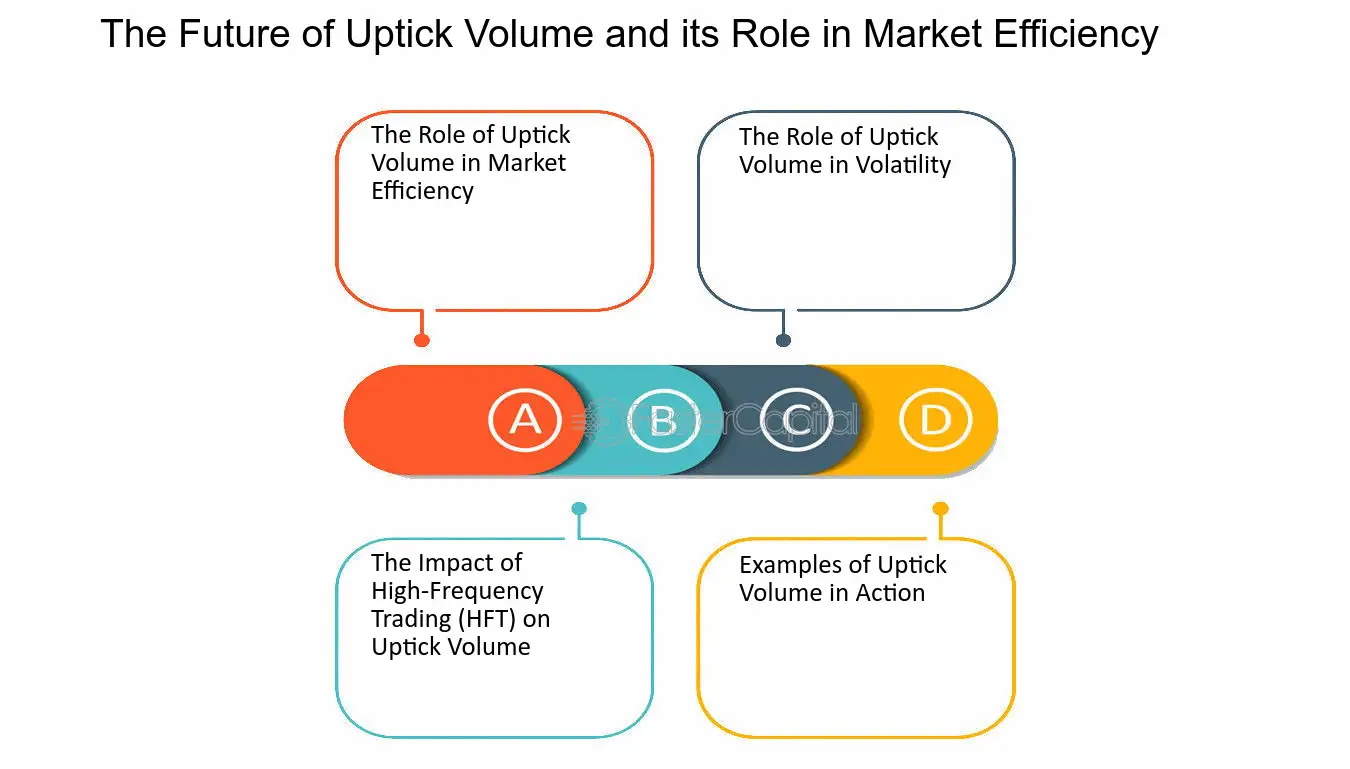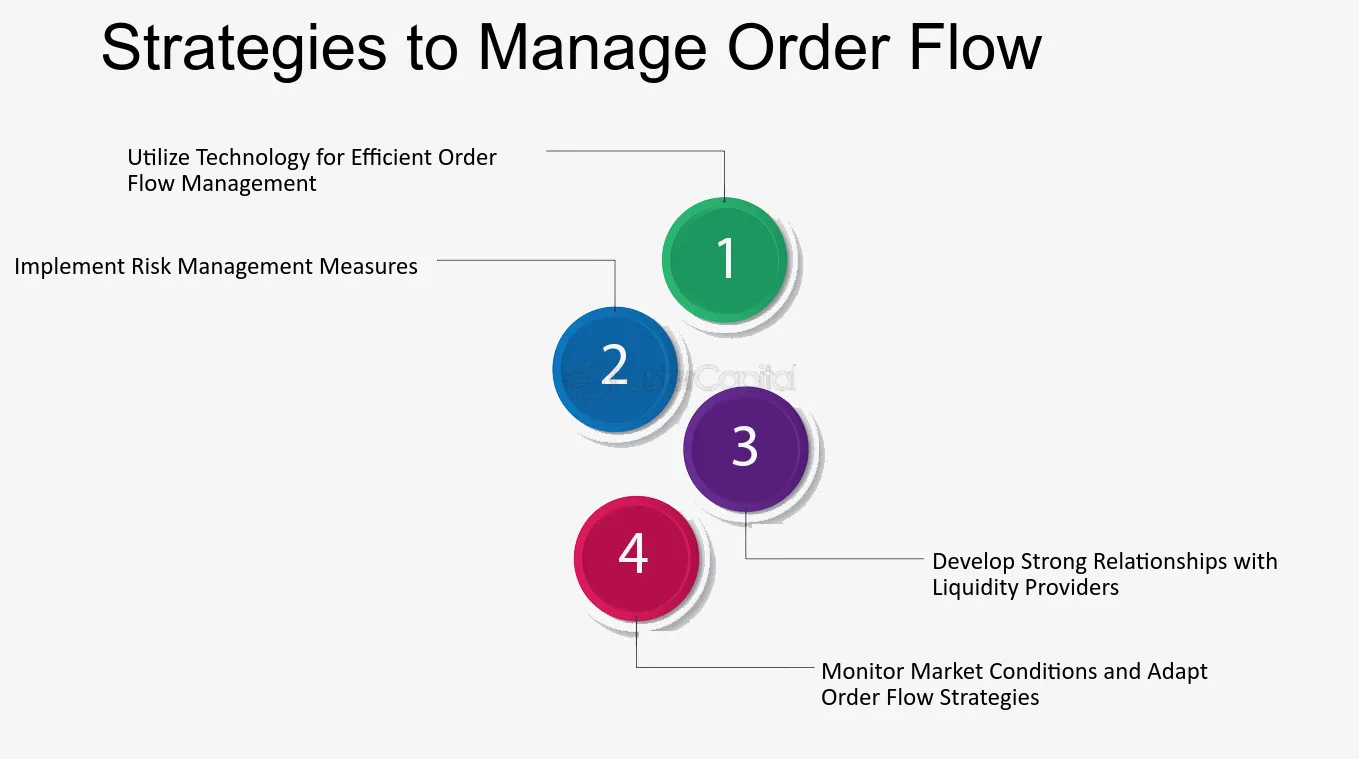Did you know that the bid-ask spread can sometimes be wider than the Grand Canyon? In the world of trading, understanding market microstructure is crucial for navigating the complexities of market efficiency. This article explores how microstructure impacts market efficiency, emphasizing the roles of bid-ask spreads, order types, and high-frequency trading. It also delves into the influence of market makers, transaction costs, and information asymmetry, while highlighting key variables that determine market performance. Additionally, we examine the effects of trading volume, market fragmentation, and price discovery, along with the impact of regulation and technological advances. Finally, we discuss how a solid grasp of microstructure can enhance your trading strategies. Join DayTradingBusiness as we uncover these essential connections for more effective trading.
How does microstructure affect market efficiency?
Microstructure impacts market efficiency by influencing how quickly and accurately prices reflect available information. Efficient markets rely on seamless order execution, low transaction costs, and transparent trading processes—all shaped by microstructure. When microstructure features like bid-ask spreads, order types, and trading protocols are optimized, they reduce information asymmetry and liquidity costs, allowing prices to incorporate new data faster. Poor microstructure, with high spreads or limited transparency, creates delays and distortions, hampering market efficiency.
What role does bid-ask spread play in market microstructure?
The bid-ask spread reflects transaction costs and liquidity, shaping how efficiently markets process information. Narrow spreads indicate high liquidity and low trading costs, enabling quicker price discovery and more efficient markets. Wide spreads signal higher costs, potential market frictions, and less efficient price formation. It acts as a barrier to trade, impacting market depth and volatility, and influences how quickly prices reflect new information.
How do order types influence market liquidity?
Order types shape market liquidity by controlling how easily assets can be bought or sold. Limit orders provide liquidity by setting specific prices, creating a pool of buy and sell interest. Market orders consume liquidity quickly, causing price fluctuations if the order book is shallow. Stop and stop-limit orders add depth, but can reduce immediate liquidity if triggered unexpectedly. Overall, more diverse and well-placed order types enhance market efficiency by balancing liquidity and price stability.
What is the impact of high-frequency trading on market efficiency?
High-frequency trading (HFT) improves market efficiency by narrowing bid-ask spreads and providing liquidity quickly. It enables faster price discovery, reducing mispricings. However, it can also increase volatility and lead to abrupt price swings, sometimes undermining long-term stability. Overall, HFT generally makes markets more efficient but can introduce new risks.
How do market makers contribute to microstructure and efficiency?
Market makers improve microstructure by providing liquidity and narrowing bid-ask spreads. They facilitate smoother trading, reducing price volatility and enabling quick order execution. Their continuous quoting helps reflect true market prices, boosting overall efficiency. By balancing supply and demand, market makers make markets more predictable and reliable.
What is the effect of transaction costs on market microstructure?

Transaction costs increase bid-ask spreads, reduce liquidity, and slow trade execution. They create frictions that hinder price discovery and market efficiency, making it harder for prices to reflect true value quickly. Higher transaction costs discourage frequent trading, leading to less efficient markets with wider spreads and increased volatility.
How does information asymmetry shape market microstructure?
Information asymmetry creates disparities between informed and uninformed traders, leading to wider bid-ask spreads and increased transaction costs. It causes market prices to deviate from true values because informed traders can exploit their knowledge, resulting in reduced market efficiency. This imbalance encourages practices like insider trading and affects liquidity, making markets more fragile. Overall, information asymmetry disrupts the smooth functioning of market microstructure, hindering price discovery and fair trading.
What are the key microstructure variables that determine market performance?
The key microstructure variables are bid-ask spread, order book depth, order flow, price impact, and trading volume. These factors influence liquidity, price discovery, and volatility, directly affecting market performance and efficiency.
How do trading volume and frequency relate to market efficiency?

Higher trading volume and frequency typically boost market efficiency by narrowing bid-ask spreads, increasing liquidity, and enabling quicker price discovery. When more trades happen regularly, prices reflect available information faster, reducing arbitrage opportunities. This active trading signals a well-functioning market where securities are accurately priced, making it harder for mispricing or manipulation to persist. Conversely, low volume and infrequent trading can cause wider spreads and delayed price adjustments, reducing overall market efficiency.
What impact does market fragmentation have on microstructure?
Market fragmentation reduces liquidity and increases bid-ask spreads, making microstructure less efficient. It creates multiple trading venues, causing order flow dispersion, which hampers price discovery. Fragmentation can lead to higher trading costs and increased volatility, as market participants struggle to access consolidated liquidity. This diminishes overall market efficiency by making price signals less reliable and increasing the complexity of executing trades.
How does price discovery relate to microstructure features?
Price discovery depends on microstructure features like bid-ask spreads, order book depth, and trading volume. Narrow spreads and deep order books facilitate faster, more accurate price discovery. Liquidity and order flow dynamics directly influence how quickly markets reflect new information. Microstructure details shape the efficiency of price formation by affecting how transparently and smoothly trades occur.
What role do regulation and transparency play in microstructure?
Regulation and transparency shape microstructure by reducing information asymmetry and preventing manipulative practices, which leads to more efficient markets. They ensure fair order execution, lower transaction costs, and promote investor confidence. When markets are transparent, traders can make better-informed decisions, speeding up price discovery and improving liquidity. Regulation enforces rules that curb unfair trading tactics, maintaining a level playing field and enhancing overall market efficiency.
How do technological advances influence market microstructure?
Technological advances speed up order execution, reduce transaction costs, and enhance transparency in market microstructure. They enable faster information dissemination, leading to more efficient price discovery. High-frequency trading algorithms exploit these advances, increasing liquidity but also raising concerns about market stability. Overall, technology reshapes how trades are made, affecting bid-ask spreads, market depth, and the flow of information, which directly impacts market efficiency.
What is the connection between order flow and market efficiency?

Order flow drives price discovery, ensuring markets reflect available information accurately. Efficient markets rely on rapid, transparent order execution, which reduces bid-ask spreads and minimizes price distortions. When order flow is smooth and well-distributed, prices adjust quickly to new data, boosting market efficiency. Conversely, irregular or hidden order flow can cause mispricings and reduce the market's ability to incorporate information swiftly.
How does liquidity provision affect microstructure stability?
Liquidity provision stabilizes market microstructure by reducing bid-ask spreads and smoothing price fluctuations. It enhances market depth, making it easier to execute large trades without causing big price swings. Consistent liquidity providers prevent abrupt price jumps, increasing overall market efficiency and confidence. When liquidity is ample, markets resist shocks better, maintaining orderly trading and accurate price discovery.
How can understanding microstructure improve trading strategies?
Understanding microstructure reveals how order flow, bid-ask spreads, and liquidity impact price movements. It helps traders anticipate short-term volatility and exploit bid-ask spread dynamics. By analyzing microstructure, traders identify inefficiencies and timing for better entry and exit points. Recognizing how market makers set prices and respond to order flow sharpens trading precision. Overall, microstructure insights lead to more informed, faster decisions, boosting market efficiency and trading profitability.
Learn about How Market Microstructure Insights Improve Day Trading Accuracy
Conclusion about The Connection Between Microstructure and Market Efficiency
In summary, understanding market microstructure is essential for grasping market efficiency. Key elements such as bid-ask spreads, order types, and transaction costs play significant roles in liquidity and price discovery. High-frequency trading and market makers further influence these dynamics, while factors like information asymmetry and market fragmentation affect overall performance. By delving into these microstructure components, traders can refine their strategies and enhance profitability. For more insights and tailored support, DayTradingBusiness is here to guide your trading journey.